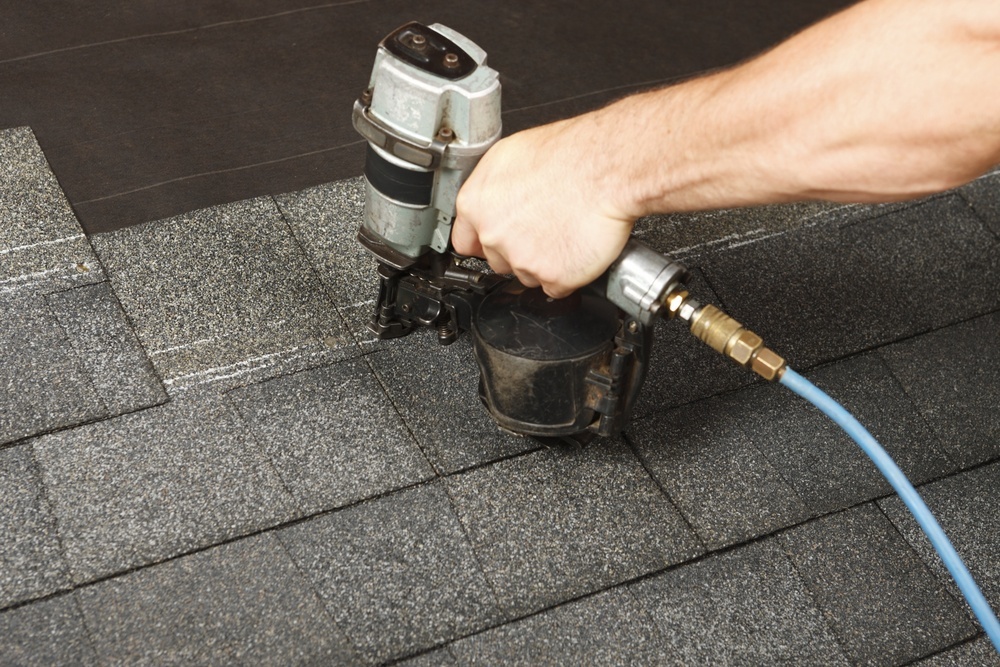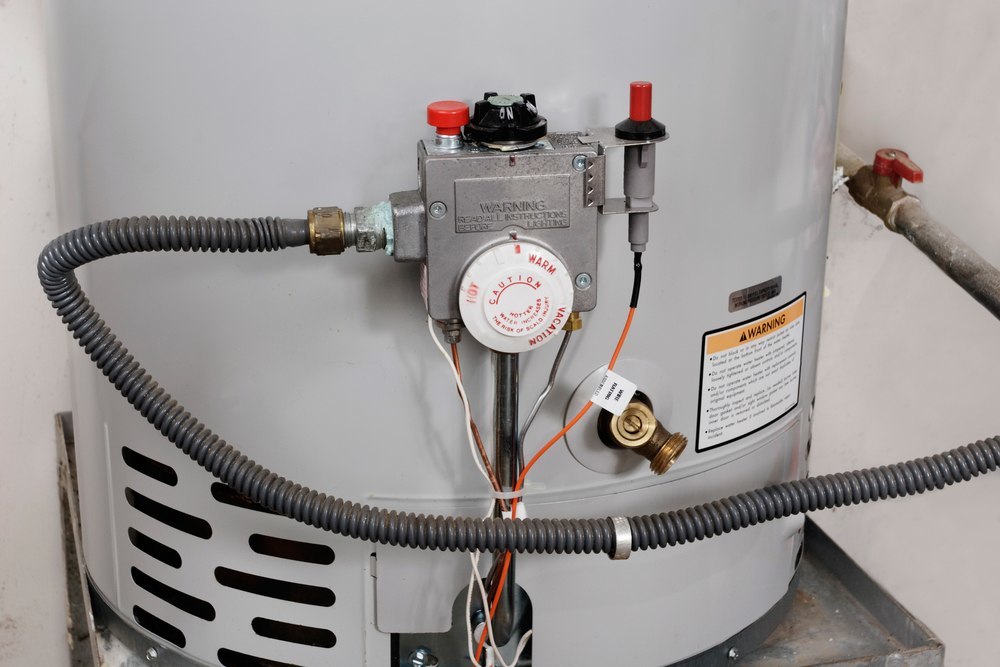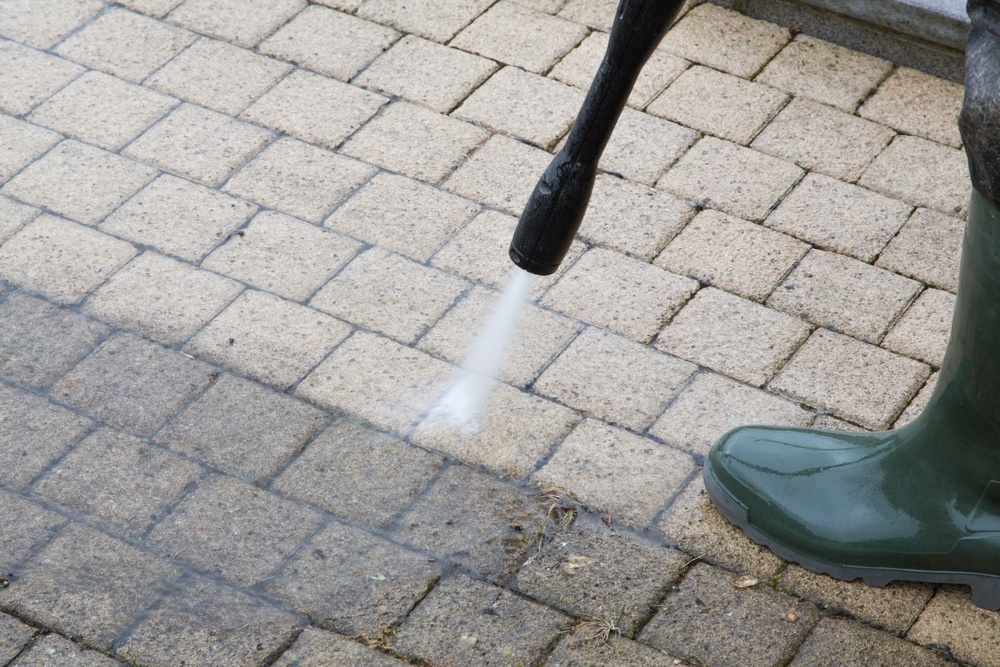 Owning a home is still a very important part of the American dream. Since buying a home is a very large investment and most of us don’t have unlimited amounts of money to work with, a homebuyer on a budget might be tempted to consider buying a foreclosed home. By buying a foreclosed property, you could be getting a great home for you and your family at a bargain price. Or if you’d like to own a property you could rent out, buying a foreclosed home could be a more affordable way to make that happen.
Owning a home is still a very important part of the American dream. Since buying a home is a very large investment and most of us don’t have unlimited amounts of money to work with, a homebuyer on a budget might be tempted to consider buying a foreclosed home. By buying a foreclosed property, you could be getting a great home for you and your family at a bargain price. Or if you’d like to own a property you could rent out, buying a foreclosed home could be a more affordable way to make that happen.
However, before getting too excited about the lower price of a foreclosed home, remember that it can be an overwhelming process. Many homeowners have ended up getting in over their heads when they realize some of the pitfalls involved with buying these bargain properties.
Be Prepared to Make Repairs
By far, one of the biggest downsides to buying a foreclosed home is the fact that you’ll be buying the home in as-is condition. Whether a foreclosed home is up for auction or is being sold by the bank, you’re not going to be able to get the seller to make repairs to a property before selling it to you. Even a foreclosed home that’s in pretty decent condition will still very likely need some degree of work done to it. Depending on the condition of the home, the cost of repairs could be a pretty significant expense for you to deal with.
Foreclosed homes are frequently vacant for a while before they’re sold, so a home might have problems caused by being empty and unused. If the previous owner was unable to keep up with payments, they also may not have been able to keep up with home maintenance. There’s also the chance that the previous owner may have vandalized the property before leaving. Broken windows are a very common problem in foreclosed homes, so you may need to pay to have the panes replaced or to have new vinyl replacement windows installed. You may also need to pay for things like roof repairs, a new furnace, or repairs to the plumbing or electrical system.
Auctions vs. REOs
There are two main ways foreclosed homes are sold: at auction or by buying them from a bank (called real-estate owned, or REO). Of the two options, buying at auction is the riskiest. In many cases, you won’t be able to see the inside of the home or have an inspection done before the auction. If a home has a lien against it or has outstanding taxes that need to be paid, you’ll be on the hook for those if you buy it at auction. You’ll also have to be prepared to pay the full amount of the home in cash at the time of the sale.
Buying a REO offers buyers a lot more protection. Since the bank will have a real estate agent handling the sale of the home, you’ll have the chance to see inside and have an inspection before buying. You’ll also be able to get a mortgage from a lender instead of When you buy an REO, you’ll also have the assurance of knowing that you’ll be getting a clear title if you decide to buy; you won’t have to worry about outstanding liens or back taxes.
Although buying a foreclosed home has its risks, it can still be a great investment opportunity, especially if you find a home in a neighborhood with rising property values. Just by keeping the above facts in mind, you’ll hopefully be able to avoid getting in over your head.









